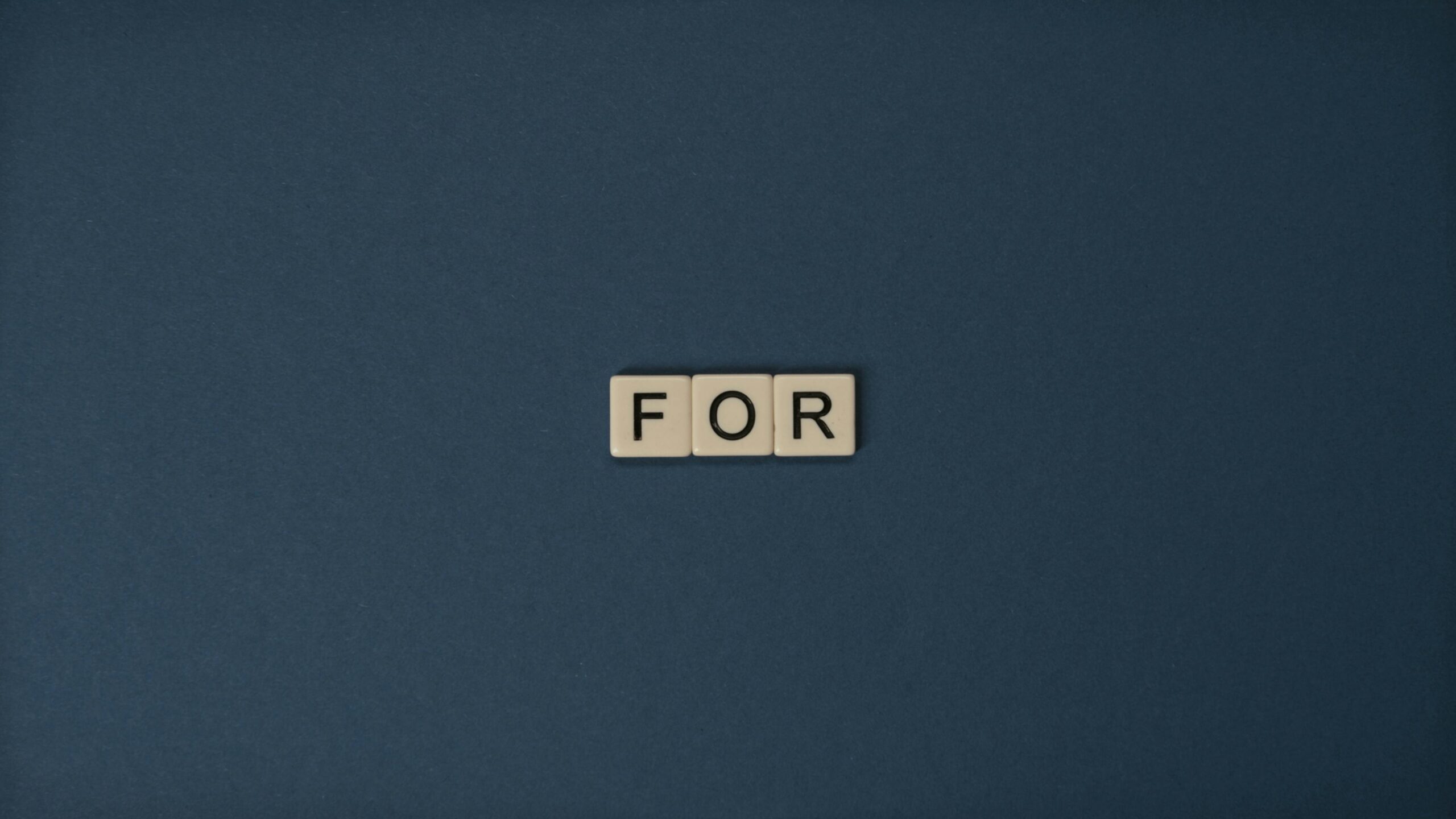How to Use Cricut for Education: A Complete Guide
In today’s fast-evolving educational landscape, tools that promote hands-on creativity and real-world learning are more valuable than ever. Cricut for education has emerged as a versatile resource for educators and students alike. This guide explores how Cricut can be applied in classrooms to enhance engagement, improve learning outcomes, and support a range of subjects and grade levels.

Understanding the Fundamentals
The Cricut is a smart cutting machine capable of precisely slicing through materials like vinyl, paper, cardstock, and fabric. Originally popular among hobbyists, it has gained prominence in classrooms for its ability to bring projects to life. Its role in education technology has grown significantly in the last decade.
By leveraging Cricut tools in education, schools introduce students to the world of digital fabrication. These skills not only reinforce traditional subjects but also promote critical thinking, design thinking, and problem-solving.
1.1 What Is Cricut and Why It Matters
Cricut is a brand of die-cutting machines used to design and cut precise shapes. Its educational use lies in transforming ideas into tangible projects. Whether it’s creating a solar system model or a historical diorama, students are empowered to bring curriculum content into the physical world.
According to a 2023 EdTech survey, classrooms incorporating hands-on tools like Cricut saw a 35% increase in student participation and retention. Cricut for education therefore plays a vital role in immersive learning strategies.
1.2 How Cricut Supports Interdisciplinary Learning
Unlike traditional tools that focus on one subject, Cricut integrates well across STEAM (Science, Technology, Engineering, Arts, and Mathematics). It bridges theory and application, allowing teachers to develop interdisciplinary activities that cater to different learning styles.
For example, a literature teacher might use Cricut to help students create visual storyboards, while a science class might use it to design 3D anatomical models. This versatility is what makes educational tools like Cricut so powerful.
Practical Implementation Guide
Knowing how to implement Cricut in your classroom is just as important as understanding its benefits. Teachers should start by identifying curriculum-aligned projects where Cricut can add value. Below is a simple roadmap for getting started.

2.1 Actionable Steps
- Define Learning Objectives: Match Cricut projects to your educational goals, such as reinforcing geometry through paper engineering.
- Gather Supplies: Cricut machine, compatible materials (vinyl, cardstock), computer/tablet with Cricut Design Space.
- Set Milestones: Establish weekly goals—Week 1: Introduction to software, Week 2: Basic shapes, Week 3: Project creation.
2.2 Overcoming Challenges
Common challenges include limited tech knowledge, time constraints, and budget limitations. Here’s how to overcome them:
- Challenge: Lack of experience. Solution: Use free Cricut Design Space tutorials or assign student tech leaders.
- Challenge: Classroom time. Solution: Integrate projects into existing lesson plans instead of making them extracurricular.
- Challenge: Material cost. Solution: Apply for educational grants or seek PTA support.
Experts recommend starting small and scaling up as both teacher and student confidence grows.
Advanced Applications
Once the basics are in place, educators can explore more sophisticated ways to use Cricut for education. These advanced strategies offer deeper engagement and creative freedom while building future-ready skills.

3.1 Integrating with Coding and Robotics
Students can design and cut components for robots, then program movements using platforms like Arduino or LEGO Mindstorms. This teaches synergy between design and automation. In 2024, a middle school in Ohio reported a 28% improvement in coding skills through Cricut-integrated robotics modules.
3.2 Personalizing Learning Materials
Teachers can create custom flashcards, visual aids, and even interactive board games tailored to individual learning needs. This personalization increases accessibility for students with different learning challenges.
Cricut for education thus becomes a key player in inclusive and differentiated instruction strategies.
Future Outlook
As technology advances, so does the role of Cricut in classrooms. AI-generated designs, augmented reality (AR) integration, and cloud-based collaboration are just some of the future enhancements educators can expect.
Over the next 3–5 years, the fusion of digital fabrication and traditional pedagogy is expected to revolutionize project-based learning. Schools that prepare early will lead this transformation.
Conclusion
To summarize:
- Cricut for education enhances creativity, engagement, and practical learning.
- It supports interdisciplinary teaching from basic to advanced levels.
- It prepares students for the demands of a tech-savvy world.
If you’re an educator looking to modernize your classroom, now is the time to explore Cricut. Begin small, scale smart, and watch your students thrive with hands-on learning.
Frequently Asked Questions
- Q: What is Cricut and how does it work in classrooms? Cricut is a digital cutting machine that allows students to design and create tangible projects, enhancing hands-on learning.
- Q: How do I start using Cricut in my teaching? Begin with small projects aligned to your curriculum, then integrate Cricut gradually using basic shapes and student-led design ideas.
- Q: How much time does it take to implement? Setup takes 1–2 hours. Small projects can be completed in one class period; larger ones may span a week.
- Q: Is Cricut expensive for schools? Machines range from $179–$399. Many districts secure funding through grants or tech budgets.
- Q: How does Cricut compare to 3D printers? Cricut is more affordable and user-friendly for beginners. While 3D printers handle complex builds, Cricut is ideal for flat and foldable materials.
- Q: Is Cricut hard to learn? No, the Cricut Design Space is intuitive. Most students grasp the basics within an hour.
- Q: Can Cricut be used in vocational programs? Absolutely. From apparel design to carpentry templates, Cricut supports practical skills development in career and technical education.
